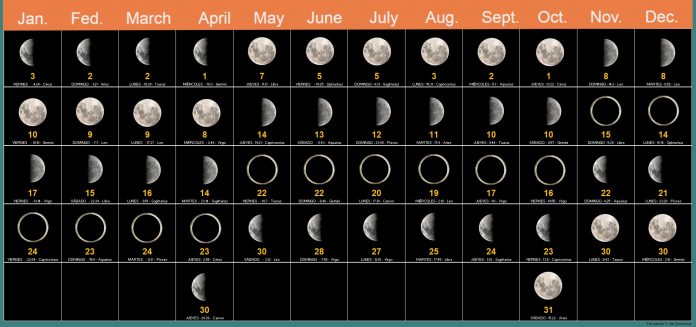
The year 2020 has already been one of the monumental years in world history as humans from Arizona to Aqaba and the Yukon to Yugoslavia cope with the COVID-19 pandemic.
Some hope that 2021 will be a return to a normal world while others wonder if next year might be worse and we’ll look back to 2020 fondly in comparison.
In 1582, Pope Gregory XIII shifted the Catholic world from the Julian to Gregorian calendar, jumping from Oct. 4 to 15. The Protestant world followed in 1752, skipping from Sept. 2 to Sept. 14. Maybe we could just erase 2020? Calendars are a human construct after all, so maybe the day after Thursday, Dec. 31, 2020, could be Friday, Jan. 1, 2020, and we’ll retry this year again.
The pandemic aside, the two major events in the United States this year are the quadrennial presidential election and the decennial census, that align once every 20 years.
Despite the pandemic, U.S. Census workers have been working hard to count every man, woman and child in the country, providing a snapshot of our country’s demographics. The numbers determine the apportionment in the U.S. House of Representatives.
The mandate for the census comes from Article 1, Section 2, Clause 3 of the U.S. Constitution, later modified by the 14th Amendment in 1868. Getting an accurate count is vital to our state’s future. Submitting your Census information is mandatory for citizens under Title 13 of the U.S. code. The last day to submit for this decade is a week away, on Wednesday, Sept. 30.
Based on early estimates, Arizona will likely gain one seat in the U.S. House of Representatives, as will Oregon, North Carolina and Colorado. Florida will likely gain two while Texas is expected to gain three. These seats will come from Rhode Island, New York, Illinois, Minnesota, Ohio, Michigan, Pennsylvania and West Virginia, which all expect to lose one seat each.
The numbers also determine how the federal government distributes funds through spending formulas and enforces civil rights legislation, in business applications, providing weights for sample surveys, denominators for demographic rates and community planning, and academic and economic institutions use the results for economic and social science research and in post-census population estimates and projections.
In the decade after the census, those statistical numbers extrapolate population growth and trends used by medical researchers, businesses and marketers, social scientists, anthropologists and demographers.
With the pandemic, the census count has been slowed, but there is still time to add your household to the county by going to 2020census.gov. Answers are held secret by the Census for 72 years so your privacy is protected from other parts of government.
In case you’ve been in a submarine, cave or coma through 2020, the general election on Tuesday, Nov. 3, is 41 days away from Wednesday, Sept. 23.
Unlike the presidential preference elections in March and the primary election in August, all registered voters can vote for any of the candidates running for the open seats.
The Sedona City Council election was settled in August with no runoff.
Voters can vote for a handful of local races, contested races for our representative on the Coconino County and Yavapai County boards of supervisors, mostly uncontested county offices, plus state legislative, federal legislative and the presidential election.
The Nov. 3 general election will include the parties’ nominees and independents for partisan seats, and any runoff elections for nonpartisan seats.
The last day to register to vote for the general elections is Monday, Oct. 5. Voters can register in minutes online at servicearizona.com.
Please register immediately so you can vote. Please fill out the census form if you have not yet.
Democracy only works if we all participate.
Christopher Fox Graham
Managing Editor





















